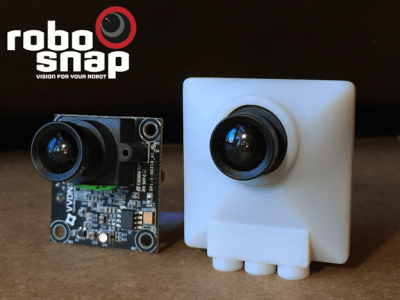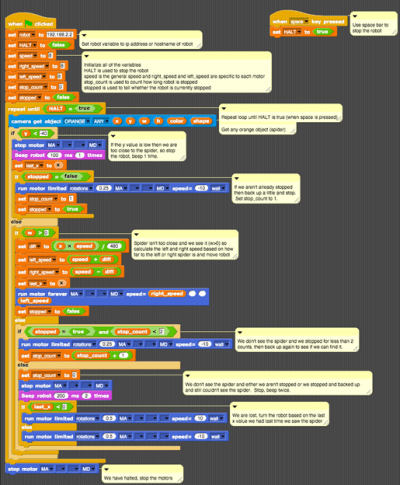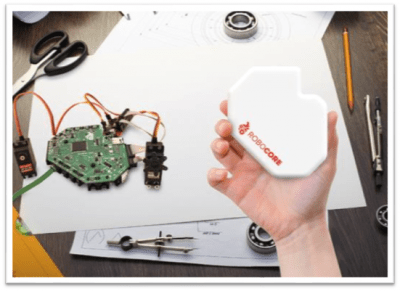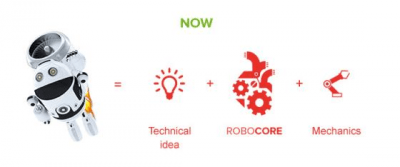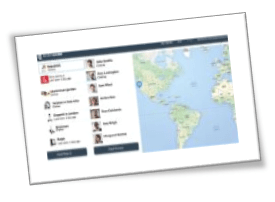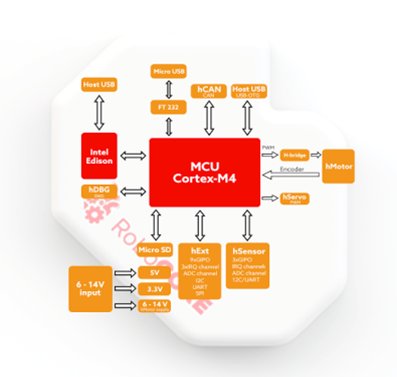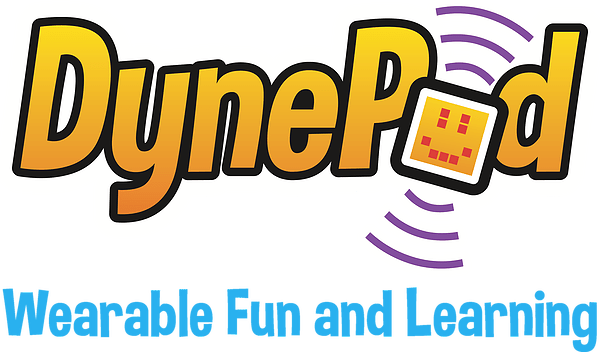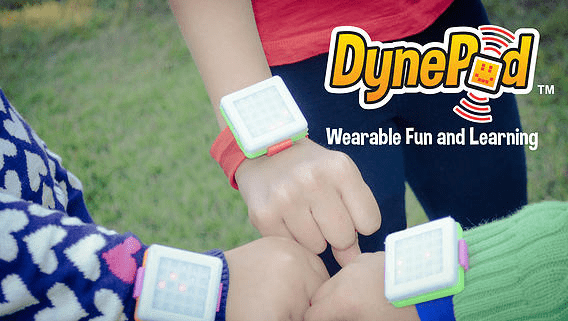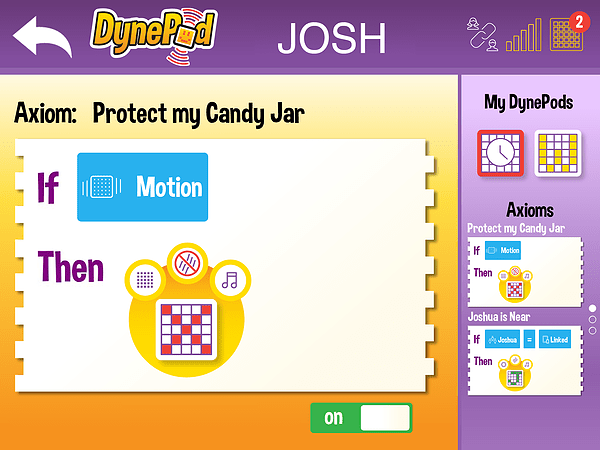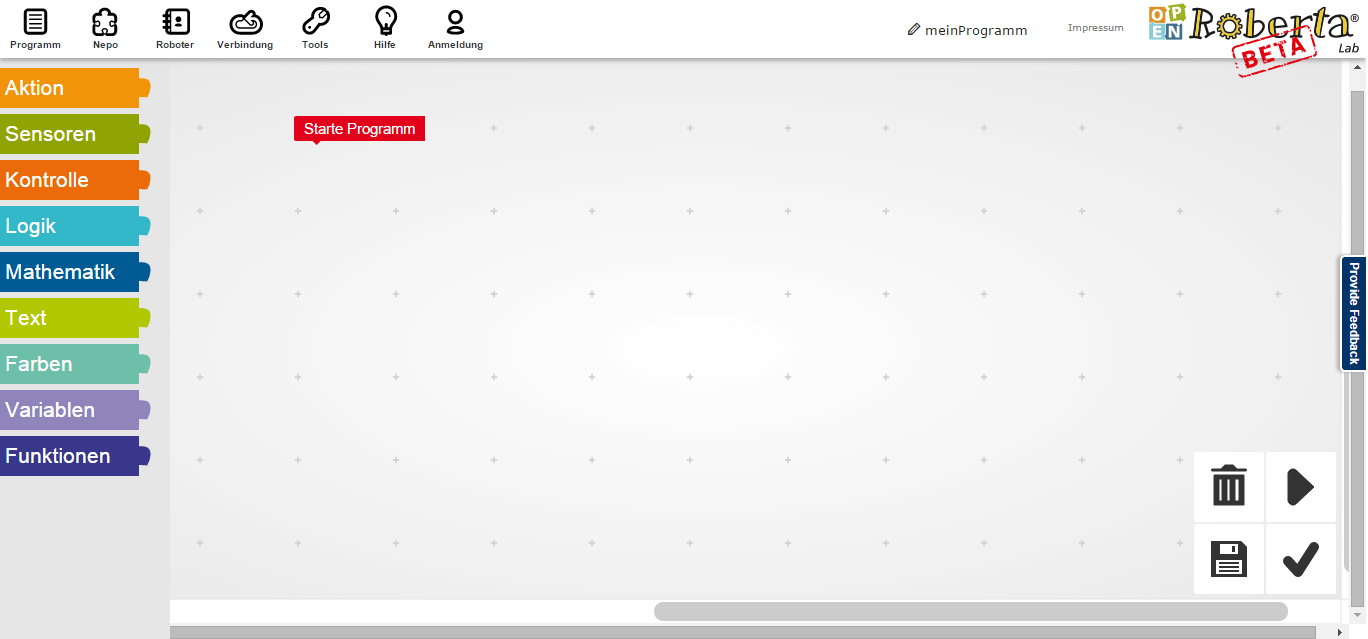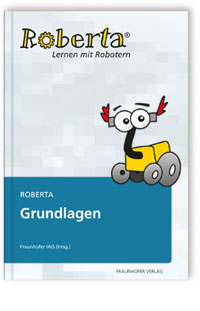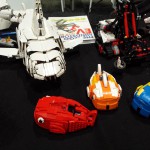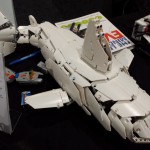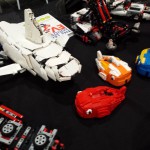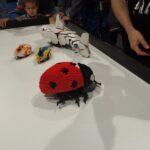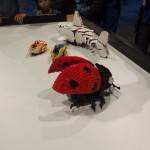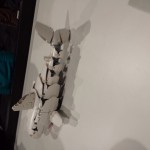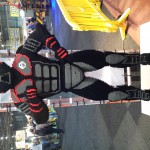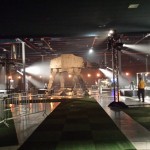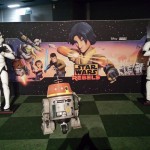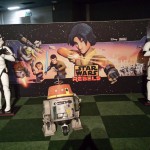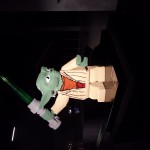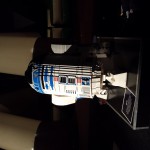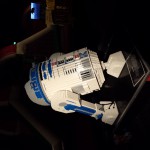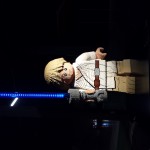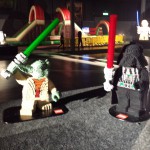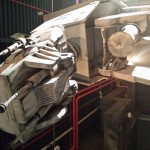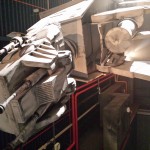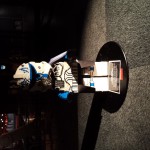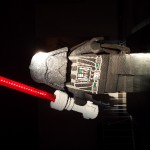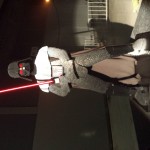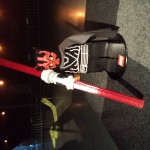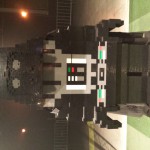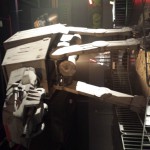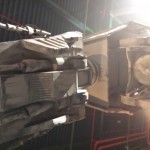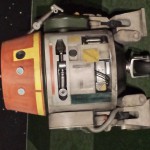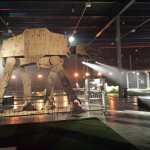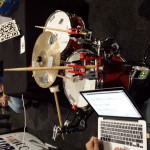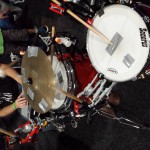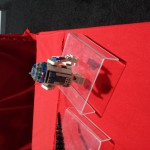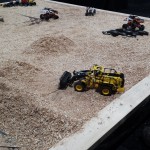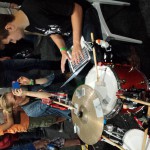Two Cousins, Ages 10 and 12, Will Travel to Japan to Meet Google Lunar XPRIZE Teams
LOS ANGELES (September 24, 2015) – XPRIZE, the global leader in incentivized prize competitions, and Google today announced Moonshot, cousins ages 10 and 12 from Brooklyn, New York, and Naples, Italy, is a grand prize winner in the 2015 MOONBOTS Challenge, also considered the “Google Lunar XPRIZE for Kids.” MOONBOTS is an international competition that encourages the next generation of space explorers and innovators by inviting kids ages 8-17 to design, create and program their own lunar rover, based on a legend or theory that inspires them about the moon.
Moonshot virtual team members Dario Cipani, 12, who lives in Brooklyn, N.Y with his mom and team captain Sara Cipani; and Sasha Cipani, 10, who lives in Naples, Italy; didn’t let distance and time zones get in the way of their shared love of the moon. They worked together online from their respective countries to build and program a one-of-a-kind simulated lunar mission using the LEGO MINDSTORMS robotic platform. Their inspiration was Luna, Dario’s sister and Sasha’s cousin, and the idea that the moon we all share can bring people together — just as it brought their family together.
Next month, they cousins will take a once-in-a-lifetime trip to Japan together to meet the official teams competing for a $30 million dollar Google Lunar XPRIZE, a global competition to land a privately funded robot on the moon.
“Team Moonshot showed ingenuity and innovation in their robotic building and programming, and were creative and imaginative in the way they interpreted their moon ‘tale,’” said Chanda Gonzales, senior director, Google Lunar XPRIZE. “Dario and Sasha were incredibly engaging, and their mission will provide inspiration for kids all over the world.”
In addition to developing their lunar rover, the cousins contributed to science, technology, engineering and mathematics (STEM) education by sharing their innovation with underprivileged children through Associazione Quartieri Spagnoli Onlus – a nonprofit organization in Italy.
The kids’ competition attracted 235 teams from 29 countries, who entered phase one by submitting a written or video entry about what inspires them about the moon. Teams are comprised of 2-4 members (ages 8-17) and one team captain at least 18 years old. A panel of judges selected 30 teams to qualify for phase two, each of which was provided one of three platform systems (LEGO MINDSTORMS EV3, VEX IQ, MECCANO Meccanoid G15 KS) to build and program a unique simulated robotic mission based on the moon tale they submitted in phase one. In addition, they were asked to contribute to STEM education by sharing their innovation with children and adults in their community.
Along with Moonshot, other grand prize winners are: Mecaliks of Cuautitlan Izcalli, Mexico; Team GalacTECHs of Tustin, Calif.; and Linked Lunas of Fort Lauderdale, Fla.
Since 2010, MOONBOTS has challenged thousands of young people from around the world. In addition to XPRIZE and Google, competition partners include FIRST® LEGO® League, Cogmation Robotics, VEX Robotics Inc., Spin-Master Ltd., the Robotics Education and Competition Foundation (RECF), GeekDad, GeekMom, Robomatter Incorporated and Dexter Industries. More information, including the full list of finalists, can be found at moonbots.org.
About the Google Lunar XPRIZE
The $30M Google Lunar XPRIZE is an unprecedented competition to challenge and inspire engineers and entrepreneurs from around the world to develop low-cost methods of robotic space exploration. To win the Google Lunar XPRIZE, a privately funded team must successfully place a robot on the moon’s surface that explores at least 500 meters and transmits high-definition video and images back to Earth. For more information, visit lunar.xprize.org/.
About XPRIZE
Founded in 1995, XPRIZE is the leading organization solving the world’s Grand Challenges by creating and managing large-scale, high-profile, incentivized prizes in five areas: Learning; Exploration; Energy & Environment; Global Development; and Life Sciences. Active prizes include the $30M Google Lunar XPRIZE, the $15M Global Learning XPRIZE, $10M Qualcomm Tricorder XPRIZE, and the $7M Adult Literacy XPRIZE. For more information, visit xprize.org.

